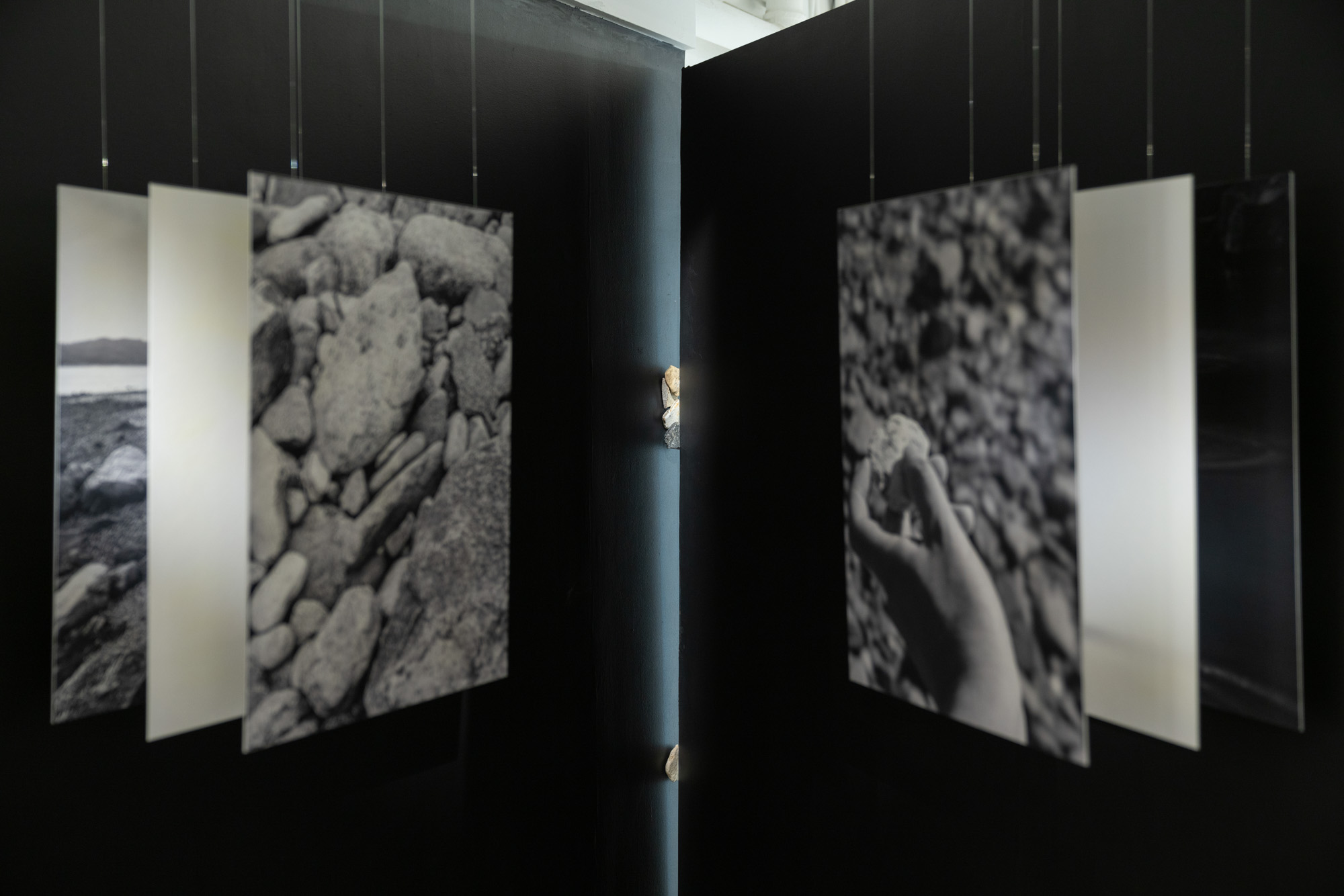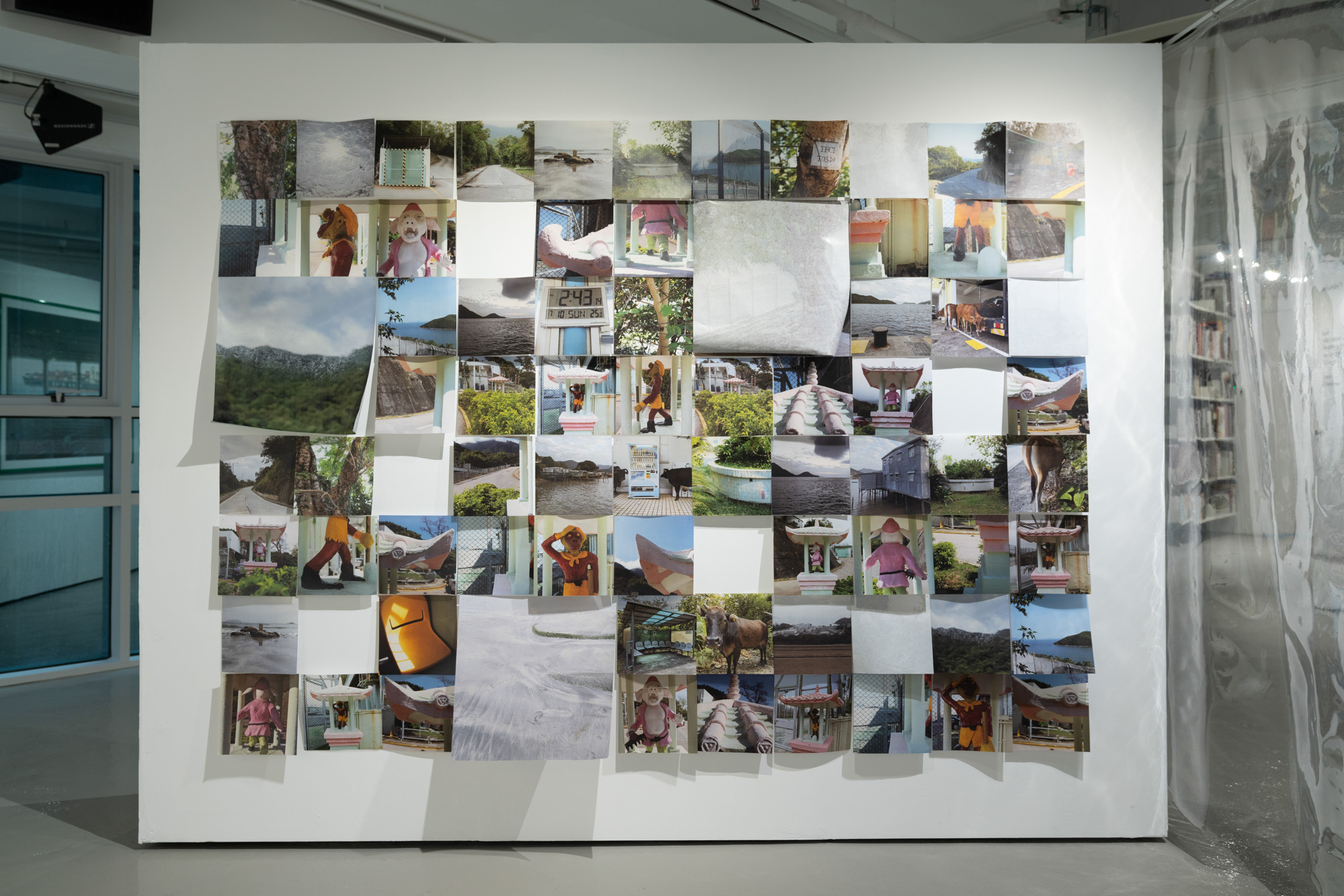Shows
“Island(ed)” at WMA
_Wong%20Wei-him_Ferrytale.jpg)
_Wong%20Wei-him_Ferrytale.jpg)
Through photographs that capture the momentary to the long-lasting, realistic to surreal experiences of artists, the group exhibition “Island(ed)” reflected on Hong Kong’s outlying islands and their ecologies, physical and social isolation, and the imminent disappearance of their histories and cultures as the government targets these purlieus for development.
Across WMA’s gallery space and the corridors outside, Wong Wei-him presented Ferrytale (2017–20), a series of color photographs that capture moments in a ferry cabin. In many of the images, the passengers and sailors look out the windows. Their gazes, directed at islands that lie out of frame, evoke the yearning for a connection to land as one is caught in an unsettling sea. Scattered across WMA, the photos functioned as transitions to other pieces as well as temporal experiences.

From the gallery entrance, viewers were led to Lantau’s rocks, and the contrast between geological and human time. In Chan Long Hei’s mixed-media installation Skipping Time (2022), the millennia compressed into sedimentary stones are dismissed in a second as a hand sends the stones skidding across the water. This action unfolds in different components arranged across the installation’s two walls, adjoined at a 60-degree angle. Hung at the center were overlapping black-and-white photos of the stones. A bag of pebbles was on the floor below. The still images were flanked by four videos placed diagonally to evoke the path of the rocks across the sea. This documentary footage shows a wide view of the artist on a beach and close-ups of the ripples caused by the stones as they disrupt the water surface. The empty spaces between the work’s elements invited audiences to imagine various trajectories and physical interactions between humans and landscapes, thus evoking a range of juxtapositions between the Earth’s history and momentary disruptions.

Lantau was also the focus of the work by Lo Yin Shan, a former resident who moved out 18 years ago. The photography collage Tong Fuk (2022) journals her bizarre journey on a hiking trail in Shek Pik. Frames of hiking trails, pavilions, water buffalos, and statues of the mythical figures of Monk Pig and Monkey King are arranged in a grid like a stream of consciousness. The repetitive images are shot from similarly close distances from the subjects, and are devoid of context, suggesting an alienation from the island. Yet, however surreal the collage might appear, it arouses in viewers a curiosity about the old times of Tong Fuk, such as its hundreds of years of Indigenous life, and its destruction as it sank into the water reservoir during the British colonial period. As a collector of communal stories, Lo constantly unearths new tales through her snapshots, especially when the people and land are ever-changing.
_Simon%20Wan_107%20No%20Man%20Islands%20(Ways%20of%20Looking).jpg)
From Lo’s work, the show returned to a project grounded in reality. For his performance A Week on a No Man Island (2022), Simon Wan set up a tent on an uninhabited island. While physically distancing himself from the hustle and bustle, Wan connects to society through his observations of the silent outskirts, shared on livestream. Both physical and social isolation and connection can be experienced on islands close to urban areas. However, this kind of retreat might soon become impossible as Hong Kong’s outlying islands, most significantly Lantau, become targets of redevelopment and urbanization. “Island(ed)” provoked contemplations on these areas’ relations to Hong Kong’s built-up environs and the potential repercussions as they are violently integrated into the city.
“Island(ed)” is on view at WMA, Hong Kong, until October 16, 2022.







